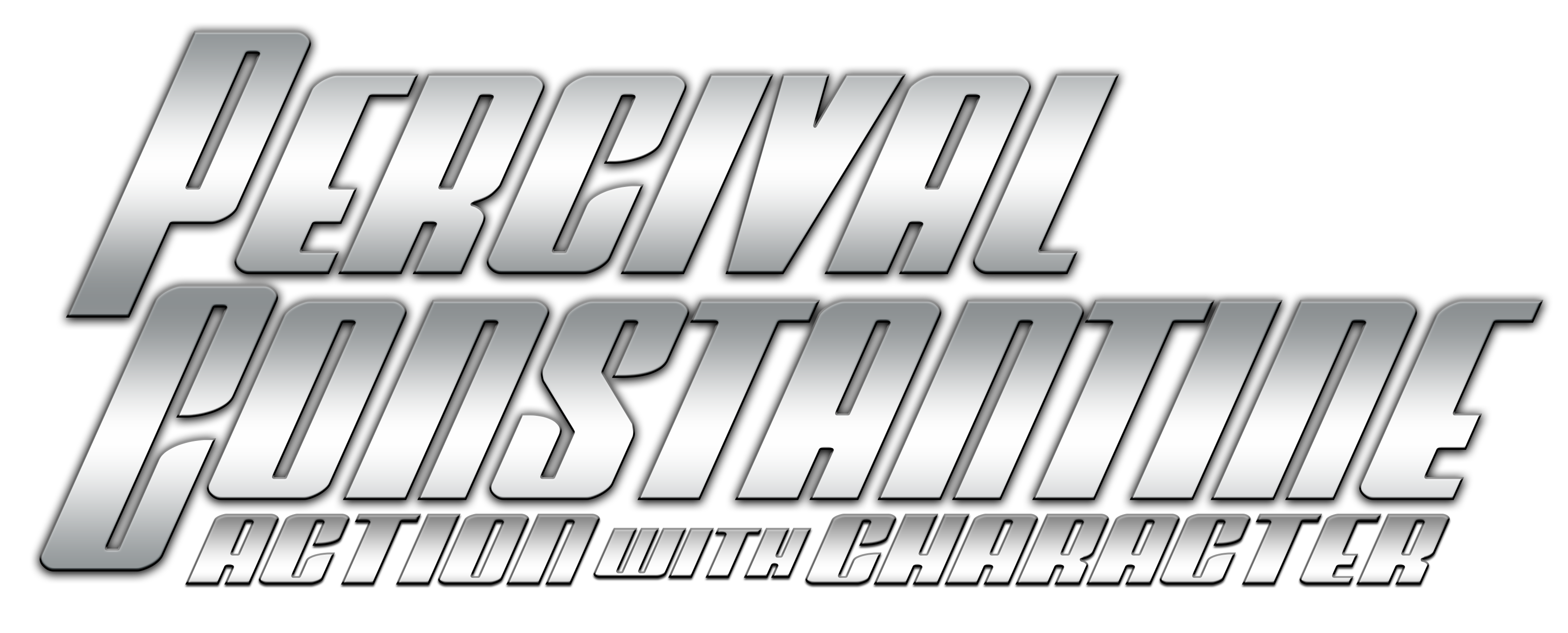 I know this is coming a bit late. After all, Django Unchained came out in December, it was an Oscar nominee, and it’s generated no shortage of discussion about its themes and language. But I live in Japan, and it was only released in theaters the beginning of March. And given that a theater ticket costs pretty close to $20, not to mention the cost of commuting from my small town to the city, you’re looking at $30 to see the movie. So when a movie is delayed for a Japanese theatrical release until just before it’s available on iTunes to buy for $15, I’ll wait an extra month and get it on iTunes.
I know this is coming a bit late. After all, Django Unchained came out in December, it was an Oscar nominee, and it’s generated no shortage of discussion about its themes and language. But I live in Japan, and it was only released in theaters the beginning of March. And given that a theater ticket costs pretty close to $20, not to mention the cost of commuting from my small town to the city, you’re looking at $30 to see the movie. So when a movie is delayed for a Japanese theatrical release until just before it’s available on iTunes to buy for $15, I’ll wait an extra month and get it on iTunes.
Anyway, for those who aren’t aware of the story, bounty hunter King Schultz (Christoph Waltz) buys the freedom of a slave named Django (Jamie Foxx), who is the only lead he has on a bounty. Schultz is German and despises slavery, so he makes Django an offer: if Django identifies Schultz’s bounty, Schultz will give Django his freedom and a portion of the reward.
After it all goes down, it turns out Django and Schultz make a good team and instead of just sending Django on his way to try and reclaim his wife on his own, Schultz makes another offer: work together through the winter, and then together they’ll rescue Django’s wife, Broomhilda (Kerry Washington).
Django agrees and the two become an incredible bounty hunting duo, until they can track down Broomhilda’s new owner, Calvin Candie (Leonardo DiCaprio). Candie, in addition to owning one of the largest cotton plantations in the south (called Candieland), also deals in Mandingo fighting (think a human version of cockfighting or dogfighting). They pose as Mandingo slavers and are able to convince Candie of their legitimacy, but his house slave Steven (Samuel L. Jackson) is not as convinced.
Now, let’s get a few things out of the way right from the start: Django Unchained is not historically accurate. But neither were pretty much any of the spaghetti westerns. Or Mandingo, a film about slaves being forced to fight each other, a film that Tarantino was clearly referencing (I’ve never even seen that movie and I still knew it was a reference). Plus, Tarantino has never claimed to be a historical filmmaker—hell, Inglourious Basterds ended with Jewish-American commandos gunning down Hitler in a movie theater in Paris as opposed to him killing himself in a bunker in Berlin. So as far as historical accuracy, let’s lighten up a bit—no one is going to watch a Tarantino film in order to study for a history test.
Second, there’s the issue of racial language. Yes, the N-word is used quite frequently in this movie. And yes, it is a terrible word. But it seems like its usage is actually handled more gracefully than in other Tarantino movies. Now I know some people will raise eyebrows at that, but bear with me for a moment. Most of the usage of the word comes from white racists, who are either depicted as stupidly buffoonish or completely evil. Django uses it a lot, but Schultz rarely uses it unless he has to in character. Plus, it should be noted that we’re talking about the pre-Civil War era here, so it’s not like the word didn’t exist in this period.
Another concern has been the violence. And again, I say people are making mountains out of molehills. Some reviews have pointed out that some violence is laughed at by white people. What they aren’t realizing is that those scenes are almost always scenes of violence against white racists. Tarantino was actually far more careful with his depiction of violence than in any other movie. In this movie, it’s only the violence against pro-slavery people that’s depicted as funny. Violence against anti-slavery types is depicted as far more gruesome and difficult to watch. Broomhilda’s torture scenes, D’Artagnan’s death, Django hanging upside-down (people who have seen the movie know the scene I’m referring to, I’m being obtuse to not spoil it), these scenes are all depicted not as funny or comical, but as extremely disturbing.
And that was the point. Tarantino attempted to emulate what Takashi Miike did years ago in Ichi the Killer—contrast scenes of playful violence that make the audience laugh with scenes of painful violence that make the audience cringe. The point of these scenes is to make the viewers question the difference between them. If you’re laughing at a scene of horrific violence and are disturbed by another scene of horrific violence, then the question isn’t what’s wrong with the filmmaker, but rather what’s wrong with you.
